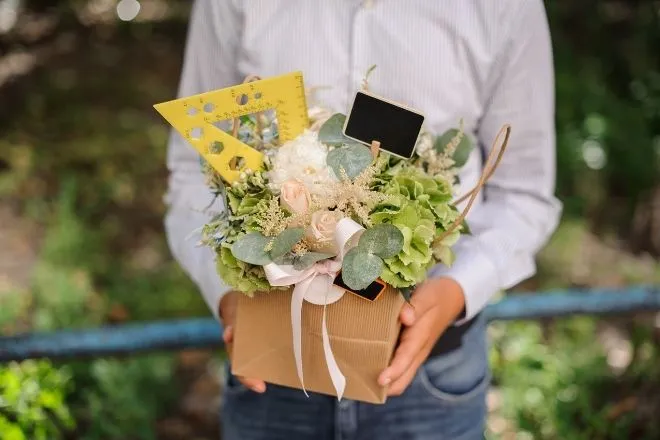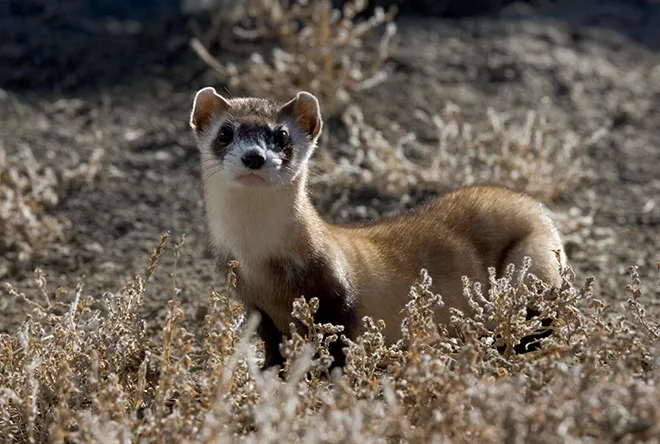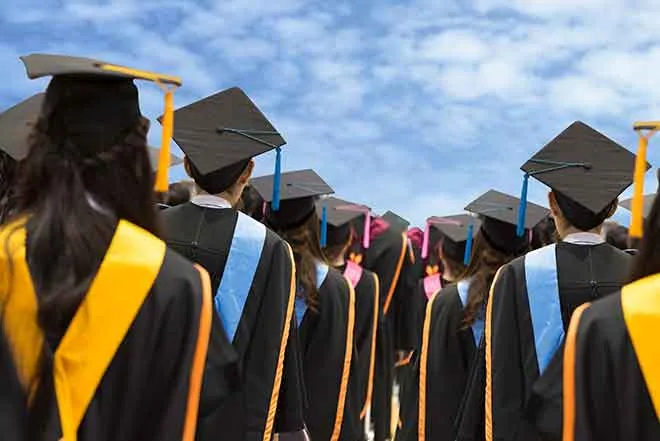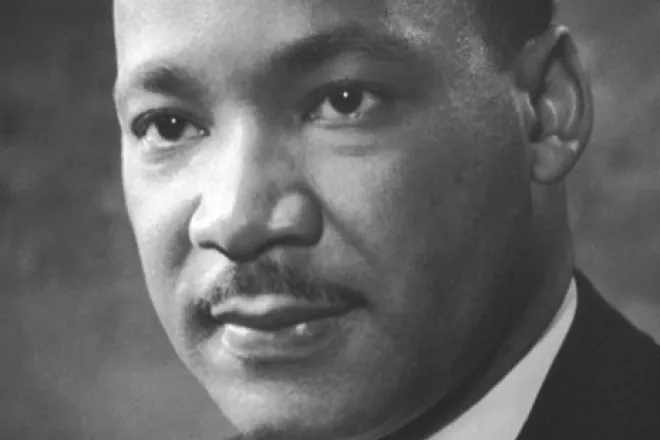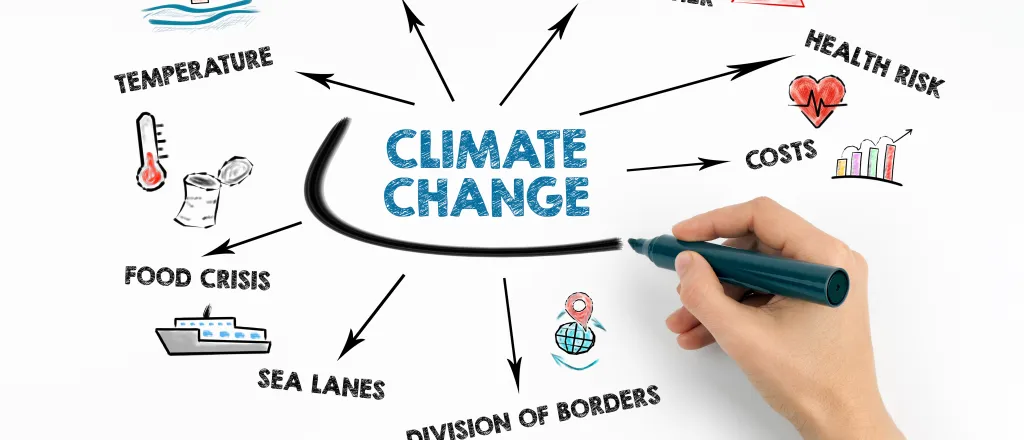
Boosting ‘Hope’ about climate-change among New Mexico's next generation
Click play to listen to this article.
(New Mexico News Connection) New Mexico teachers educating young people about climate change don't want them to feel hopeless - and they've developed an educational curriculum to match that outlook.
Fiana Shapiro, environmental education instructional coordinator for the Sandia Mountain Natural History Center, part of the New Mexico Museum of Natural History & Science, said young people recognize that climate change is going to shape their futures - where they live, their vocation and quality of life. As part of the 350 New Mexico Climate Education Committee, Shapiro has helped develop Climate Hope, a middle-school climate curriculum.
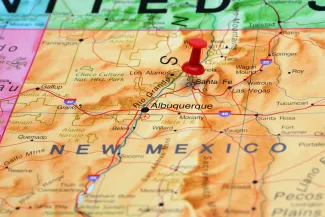
"Most students know what it is, know some basics about it - they might know how it's connected to drought and even dryness," she said, "not necessarily a whole lot beyond that - but it really does depend on the school."
The 350 project has piloted the education curriculum in a handful of Albuquerque middle-school classrooms and held a recent teacher workshop to help them prepare lesson plans.
New Mexico has been hit by major forest fires followed by flooding this summer resulting in deaths, and the destruction of at least 500 homes.
In addition to adapting to a warming world, Shapiro said young people need climate education in order to develop green skills and understand what's needed to combat climate change - starting with reduction and eventual elimination of fossil fuels and including conservation of water and the thinning of forests. In order to engage, she believes kids need to know what's happening in New Mexico and around the world, "and that there are things that are being done already, and that can be done.
"We don't want to leave them with the idea of doom and gloom and everything's going wrong and that's it," she said. "We want to leave them with the idea that there are things that can be done and there's things they can do."
She said the four-lesson curriculum includes information about climate justice - the fact that people contributing the least to climate change are often the most affected.


